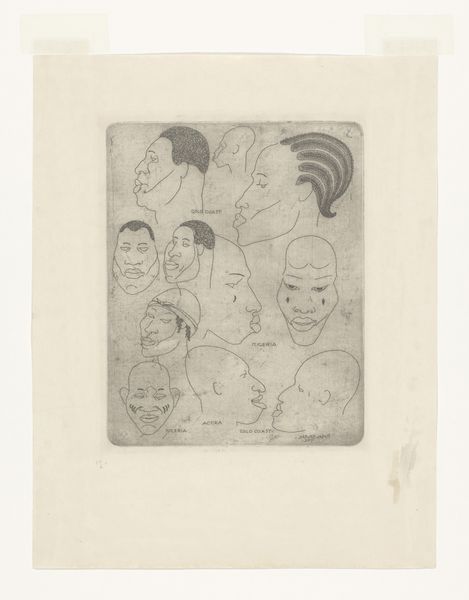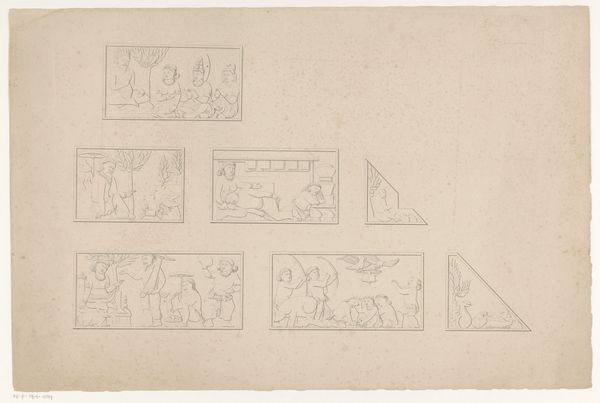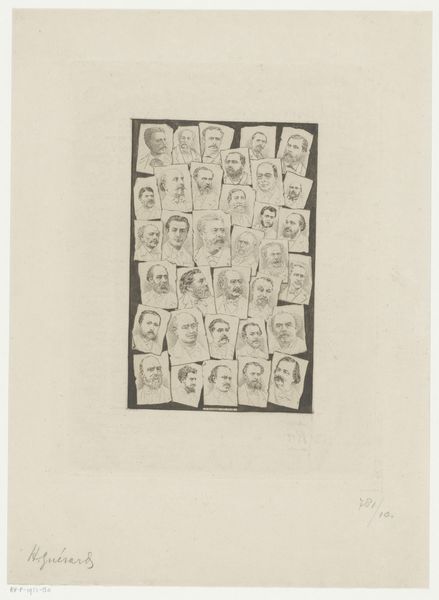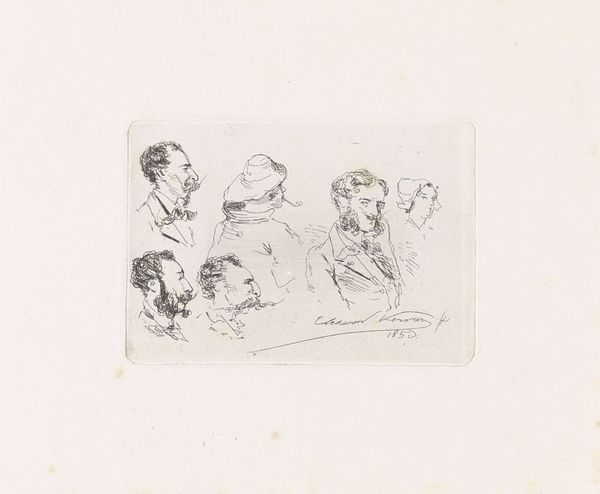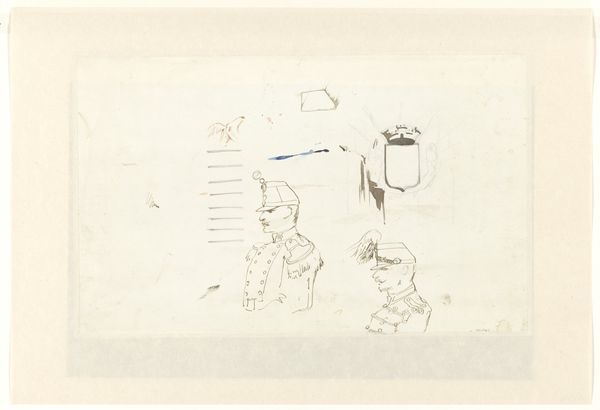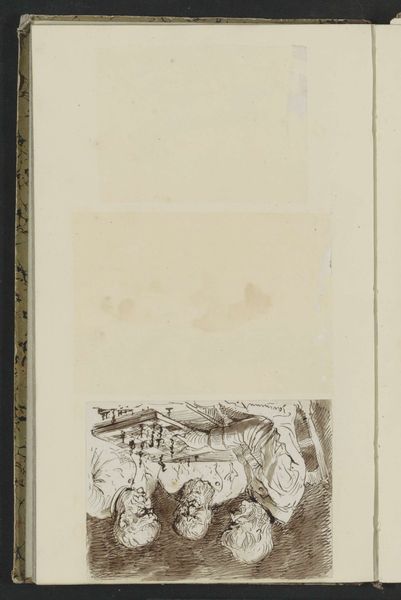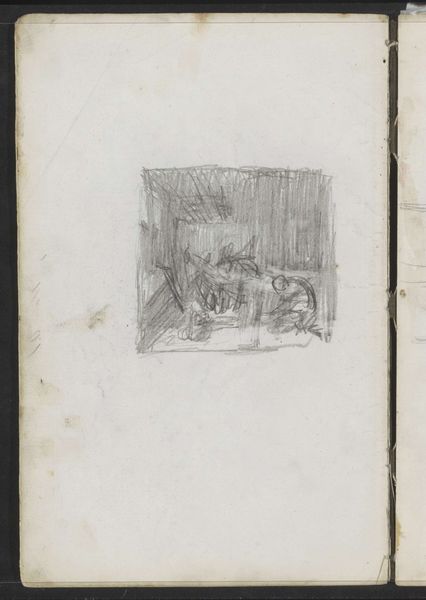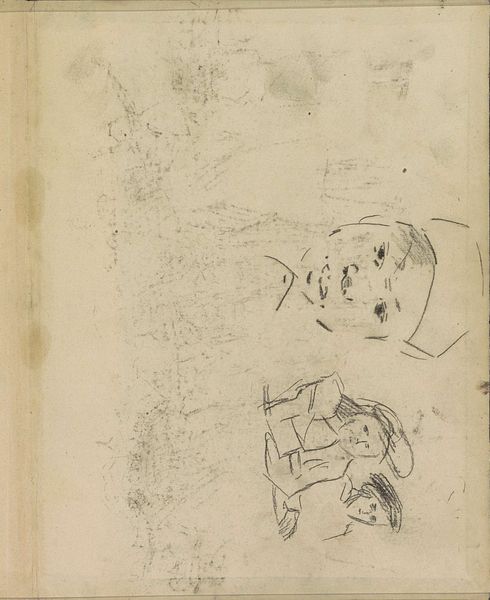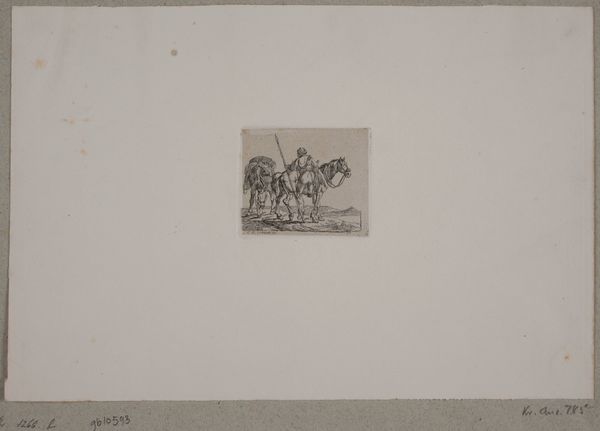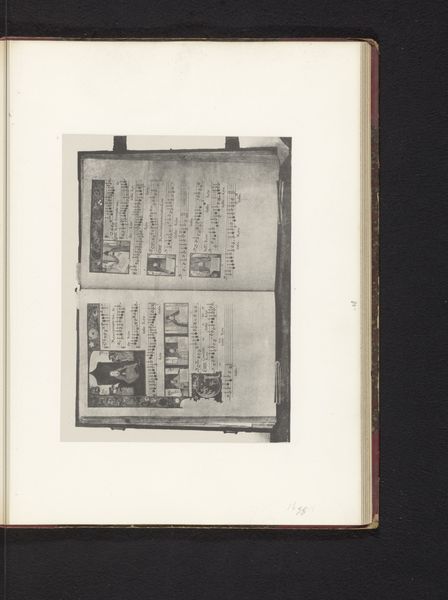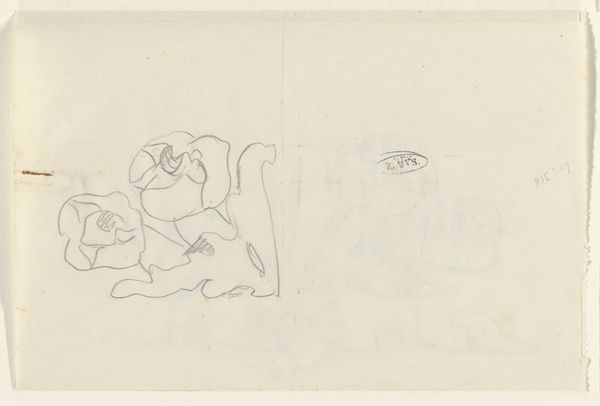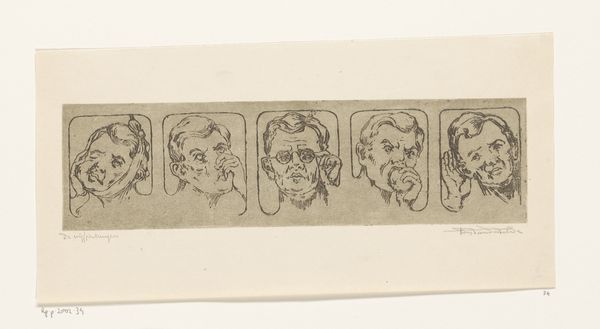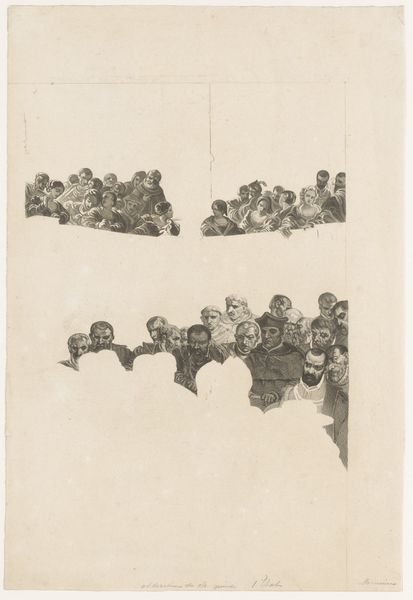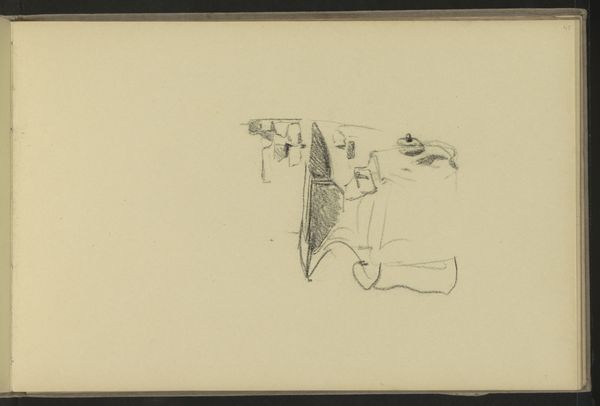
drawing, print, etching, ink
#
drawing
#
medieval
# print
#
etching
#
ink
#
geometric
#
academic-art
Dimensions: height 140 mm, width 186 mm
Copyright: Rijks Museum: Open Domain
Curator: This is an etching, with ink on paper, created in 1693. The Rijksmuseum holds this intriguing print entitled, "Derde plaat met figuren in de vestingbouw." Editor: It has a sterile, diagrammatic feel to it, but I also notice some elegant flourishes, almost like ornamental borders framing each shape. Curator: Those flourishes are very much a product of the period. Architectural renderings during that time served a dual function, being practical yet reflecting power and sophistication. But let's think about what it is that we’re seeing, the historical role of military power expressed as shapes. It presents how ideas about building fortifications have been represented. This piece embodies intersecting issues of politics, security and cultural representation, don't you think? Editor: Absolutely. The geometry is presented not merely as abstract construction, but with implied consequence. Each perfect circle or precise line becomes tied to larger systems. And look at the way each geometric figure is presented as if it were a trophy or a noble achievement worthy of framing. This has to be connected to the time period when European powers used design as a means to express power! Curator: Yes, consider who this would have been created for and who its intended audience might have been. These prints offered a kind of blueprint for aspiring engineers or officers eager to embrace modernity within military applications. They served a pragmatic purpose while reinforcing dominant ideals of rationality and control. Editor: So in other words, what's interesting about this isn't just the image of what can be built. But also who gets access to it and the historical values the work expresses in this particular presentation of military planning. Well, this certainly made me reevaluate what initially seemed to be a cold collection of shapes! Curator: I’m glad we were able to connect that deeper, because by recognizing such layered contexts we find ways towards more thoughtful discussions on architecture and art as potent forms of cultural engagement.
Comments
No comments
Be the first to comment and join the conversation on the ultimate creative platform.
